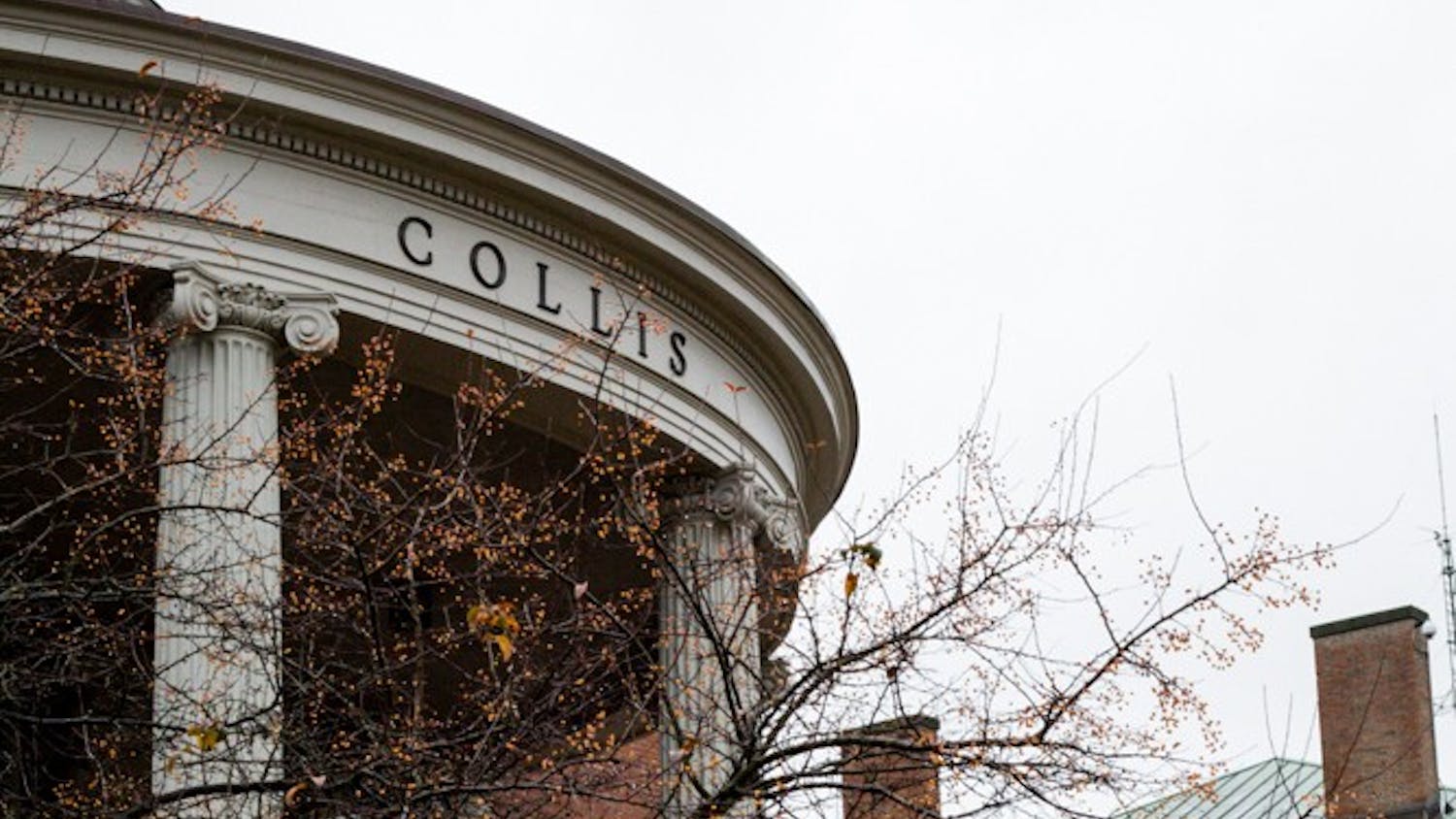Though the veritable deluge of alcohol that defined Green Key in the "old days" has evaporated to some degree, students still say that they engage in more drinking during the famed spring soiree.
Once used as a backdrop for an article in Rolling Stone Magazine -- "Drink Till You Boot: Green Key Party 1989" -- the attitude toward Green Key has shifted from reckless abandon to a more mature spirit of celebration, according to Jack Stinson, proprietor of Stinson's Village Store.
Stinson said the reason he sells more kegs during Green Key is simply because of the influx of alumni into the area, not an increase in consumption by the student body.
"More people, more beer," he explained.
"Green Key means more beer," confirmed an anonymous student who reported drinking "about three times" more beer than usual during successive parties last year.
Green Key is most frequently described as both a release from the cold and dreary months that preceded, and as a way to squeeze in some partying before the stress of finals begins. It is the celebration of spring, and a release from the depressing cold months.
One anonymous student called Green Key the "last hurrah" before studying begins.
It "is a party weekend, certainly," the student said. "But there are reasons..."
Reasons which, though understandable, can be dangerous, according to Director of Health Resources Gabrielle Lucke.
Instead of uncontrolled drinking, Lucke advised students to work off stress "in a more stable manner."
"When you're stressed and you drink, your body works harder to process alcohol," which, she explained only causes more stress on the body.
"People put off partying until Green Key, and then it's like -- 'I'm a maniac,'" she said, describing the thought process of some students.
This feeling of release can lead to total abandonment of common sense at the basement steps. According to College Health Services Surveys, the number of binge drinkers has been rising steadily, especially among first-year students, 44 percent of who reported binge drinking in 1996.
This type of drinking, in which students pour more alcohol into a system already straining to process the alcohol from the first game of ship, is the most harmful, according to Lucke.
Although she conceded that the amount of alcohol that can do damage is different for each individual, Lucke recommended a limit of two to three drinks per sitting.
Unfortunately, once some students have had two to three drinks, their judgment can become impaired.
"Once you're getting into it," an anonymous student said, "it's hard to stop."
This devil-may-care attitude can lead to loss of respect, as well as loss of control.
Lucke said she hears more stories of embarrassment after Green Key than after any other weekend, probably, she said, because of the combination of more beer and the skimpier outfits of spring.
Although more students may wake up unclothed, Health Services Surveys indicate they are doing so less as a result of sexual activities.
The number of students suffering negative alcohol-related sexual consequences has continued to fall, dropping from 21 percent in 1994 to 10 percent in 1995, and staying level with 9 percent in 1996.
Other forms of alcohol-induced sexual activity dropped from 47 percent in 1994 to 31 percent in 1995 and subsequently dropped again to 26 percent in 1996.
Although not a College Health Services Survey member, Stinson said that his statistics show that kegs of Bud Lite have outpaced the traditional leader, Milwaukee's Best.
Also, Stinson said, "a lot less people are trying to buy with fake drivers' licenses," in addition to the overall decline in liquor sales.
"That's why we had to put in a deli," he said.



